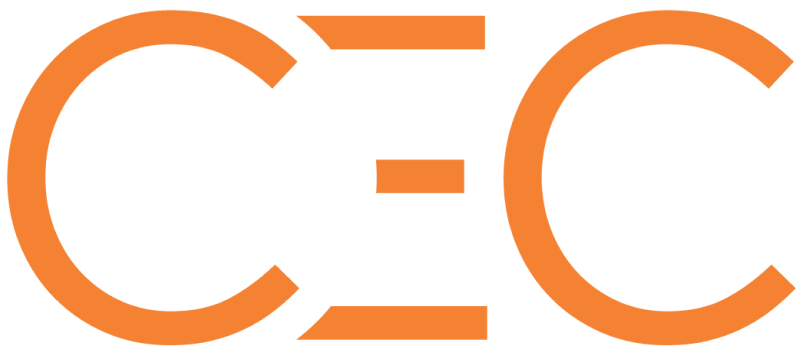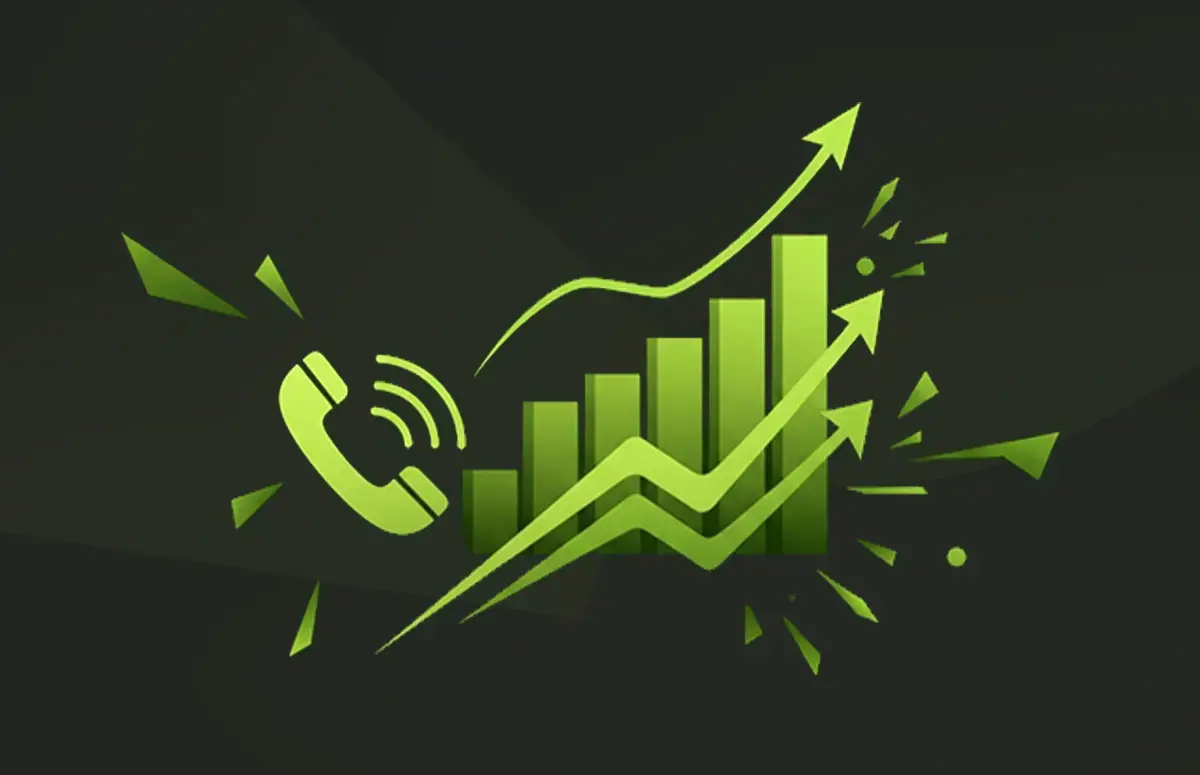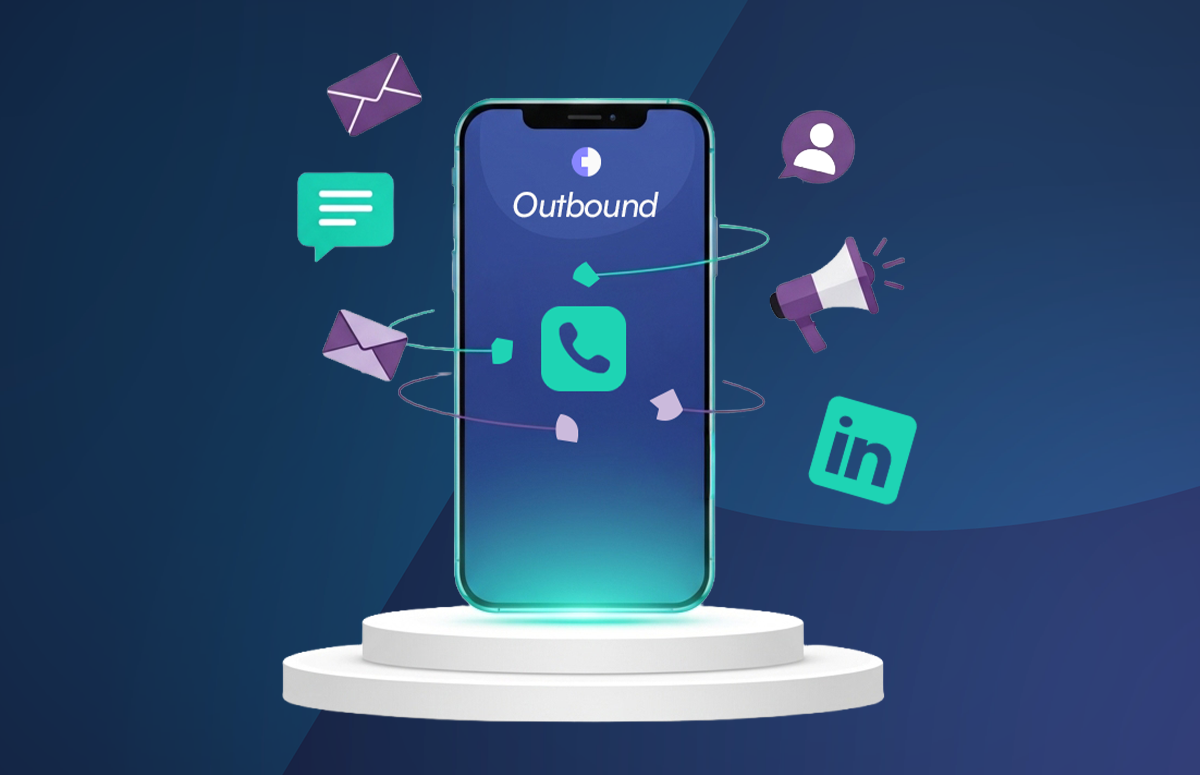How to Build a B2B Sales Lead List
Sales lead list resources on this page:
Who are you going to reach out to today?
The answer should be on your B2B sales lead list, a list of contacts you can move through your sales funnel until they become customers.
However, many businesses waste time and money by using inaccurate and out-of-date lead lists. That’s bad news for any company!
In this article, we’ll share some tips on how to build a lead list that’ll take your sales to the next level 👇
What should a sales lead list include?
First things first - what are the key components of a B2B sales lead list?
These are the essential items to include 👇
Contact information
Your leads’ names, email addresses and phone numbers (preferably direct dials). Easy peasy!
Having this up-to-date contact info is crucial for your future prospecting and follow-ups.
Company information
Details about the lead’s company, such as:
- Name.
- Industry.
- Size.
- Location.
- Website.
This info helps you tailor your approach and messaging.
Job title and role
You want to know if the lead has decision-making authority, right?
Having this info on your sales lead list will give you that knowledge and help you engage with them effectively.
Demographics and firmographics
Include demographic information about the lead, such as age, gender, and location.
Firmographic data such as company size, annual revenue, and industry are also important; they enable you to prioritise leads based on their fit with your target market.
Lead source
This is the channel where you acquired the lead.
Documenting the lead source helps you evaluate your lead generation; are you generating leads from the right sources? If not, why not?
Lead scoring
It’s a good idea to assign each lead a score or rating based on their potential value and likelihood of conversion.
With an effective lead scoring system in place, you can focus your lead list efforts on those with the highest potential for sales success.
Interaction history
Keep a record of all interactions/engagements with your leads, including:
- Emails.
- Phone calls.
- F2F meetings.
- Any other relevant touchpoints.
This history provides valuable context for future conversations and makes personalisation easy!
Notes and comments
Allow space on your sales lead list for adding notes and comments about the lead. This could include specific interests, pain points, or any other relevant information gathered during your conversations or research.
These notes serve as a reminder and reference for future interactions.
Segmentation tags or categories
Consider implementing a tagging or categorisation system on your sales lead list. This is where you group leads together based on specific criteria.
Segmenting your leads together allows you to easily run marketing campaigns and craft personalised messaging.
Opt-out or unsubscribe option
Whatever you do, your lead list must be compliant with data protection regulations!
Provide an opt-out or unsubscribe option for leads who don’t want to receive communications from you. Respecting their preferences builds trust and avoids legal issues. A win-win for any prospecting salesperson!
10 steps for building a B2B sales lead list
Now you know what a well-rounded business lead list should include. Here’s how to create one 👇
1. Know your ideal customer
When it comes to B2B lead lists, size isn’t everything. What’s important is that your list is well-targeted, with everyone on it having a problem that your product can solve.
Develop an Ideal Customer Profile (ICP) for your team. Follow these steps:
- Analyse your current customer base and look for commonalities between your super-users.
- Look at the industries they’re in. Consider company size, location and the buyer’s job title.
- Take this a step further by talking with your best customers about the challenges they face and how your product helps to overcome them.
All of this will help you paint a picture of your dream customer.
2. Look at your existing contacts
Who do you know already who would fit on your sales lead list?
Leveraging your current network and customer base. Reach out to existing customers, colleagues, and professional contacts. This is a good tactic for gathering leads and referrals.
3. Conduct market research
The internet is a great place for identifying leads to add to your list!
Browse online directories, industry-specific websites, trade publications and social media platforms. Look for prospects who match your ICP.
4. Use a lead generation tool
Why spend time searching for leads when technology can do it for you?
Back in the day, salespeople used to buy leads from list brokers or manually research them on LinkedIn. The problem they encountered was that the data from these sources was rarely up-to-date or accurate.
These days, salespeople want to generate leads quickly and within budget - and tools like Cognism are the answer!
With Cognism, you can identify your target audience and extract their contact information in seconds. Then, you can import this intel directly to your CRM.
Check out this interactive demo, which shows how to quickly build a B2B sales lead list using Cognism 👇
5. Take advantage of sales triggers and intent data
One of the problems with your business sales lead list will be that many of the names on it won’t be looking to buy your product at the moment you contact them.
Using sales triggers is how you ensure that when you reach out, your product will be something they’re looking for.
What are sales triggers?
They’re an event that signals when a company might be in a position to make a purchase. Many different events could be sales triggers, including:
- Receiving a new round of funding - signifying the company has a renewed budget.
- Appointing a new CEO - this could point to a new direction for the company as the CEO wants to make their mark.
- Hiring new employees - this shows the company is confident about its future growth prospects.
You can look for sales triggers in the trade media for your industry or set up Google Alerts. That’s the manual way of doing it!
However, the easiest way to scale your list using sales triggers is through specialist lead generation software - like Cognism, in fact!
Cognism also supplies intent data, which indicates whether a company or prospect intends to buy your product or solution.
Cognism has helped companies like shorten their B2B lead list-building time and increase revenue👇
Director of Sales Development @GWI

6. Create compelling content
Outside of B2B technology, there are other things you can do to grow a B2B lead list.
Publish valuable content that resonates with your ICP. Popular content formats include blog posts, whitepapers, eBooks, and webinars.
You can offer this content in exchange for contact information, such as email addresses or phone numbers. This is a good way of scaling a lead list.
7. Optimise your website
Your website is critical for building lead lists. Remember that it’s the only part of your sales and marketing organisation that doesn’t sleep!
Ensure it features clear calls-to-action and lead capture forms. Consider offering incentives like free trials, consultations, or newsletters to encourage visitors to provide their contact information.
8. Attend industry events
Conferences, trade shows and industry expos are great places to connect with new leads and build some buzz around your product/service.
At the event, have your own company stand and equip your SDRs with scanner apps. Have them scan everyone who visits your stand! At the end of the day, you’ll have a whole new list of leads to follow up with.
9. Leverage social media
Never underestimate the power of personal branding in sales.
Encourage your sales team to engage with their leads on the platforms where they hang out every day. The more valuable content they share, the more attention they’ll get and the more leads they’ll generate.
💡You might also be interested in our article on SaaS Lead Generation.
10. Enrich your lead list data
However you build your B2B sales lead database, the problem with the data on it is that it deteriorates quickly.
Think about the number of people who move jobs or companies daily. It’s estimated around a third of lead data goes out-of-date every year. That’s a sizeable chunk of your lead list!
Bad sales data creates a lot of problems. Sales reps waste time trying to call people on the list who’ve long since moved on. Marketers panic because their emails bounce. Buyers choose your competitors over you because they haven’t heard of you.
Your goal should be to keep your data as fresh as possible. Employ B2B data enrichment to make sure your lead list data is always up to date.
And yes - just saying - Cognism can help you out with this! See what our customer CEC Marketing said:

Global Director of Data @CEC Marketing

Start building your B2B sales lead list with Cognism!
Click to test our data with 25 FREE leads 👇
/Cold%20calling%20strategy/cold-calling-strategy-card.webp)

